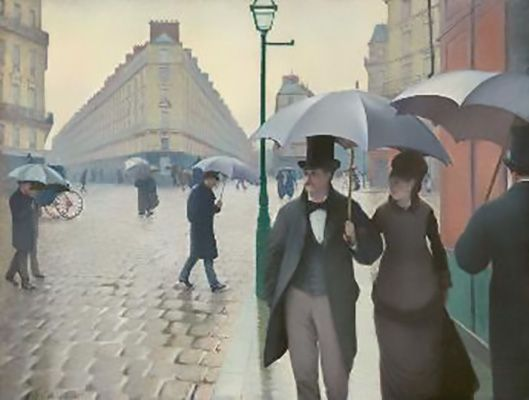Non-Western Blog

Gyotaku - Japan Gyotaku is a type of Japanese art that dates back to the mid 1800s and is still practiced today. It is a type of art used by fisherman to make a print of the fish they catch with ink and special paper. " Anglers would keep a supply of rice paper, sumi ink, and brushes on their boats so that they could make ink etchings of their freshly caught fish; the prints were so accurate that they were often used to determine the winners of fishing contests in Japan." (“Gyotaku: The Traditional Japanese Art of Painting Marine Life with Actual Fish”). It used to just be to record the sizes but as you'll see it has evolved into much more. Japan is known for its many forms of art and definitely has some very popular ones. This one caught my eye however as it uses real fish to make the art and that is very interesting to me. Using nature as a tool is something that I find myself always enjoying when I see it. Although gyotaku started simply as a one colored imprint it ...





